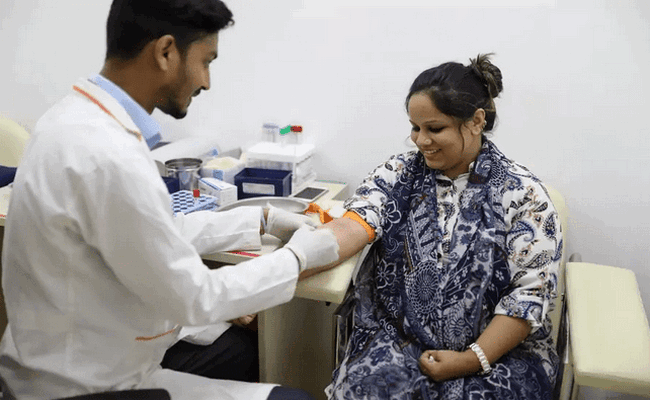Care Facilities within Health Care Delivery System
What is the Health Care Delivery System?

Health care system planning is distributed among the market participants in some countries. In other, there is a concerted effort among governments, trade unions, charities, religious organizations, or other coordinating bodies to deliver planned health care services targeted to the populations they serve. Sometimes, health care planning has been explained as often evolutionary rather than revolutionary.
List of Care Facilities within Health Care Delivery System:
There are mainly six types of health care facilities within the health care delivery system. Those facilities are listed in the following:
- Acute care,
- Sub-acute care,
- Chronic care,
- Rehabilitation care,
- Ambulatory care (Outpatient care),
- Home health care.
All the above types of health care facilities have discussed below:
1. Acute Care:
It is a field of secondary health care where a patient receives active but short-term treatment for a severe injury or episode of sickness, an urgent medical condition, or during recovery from surgery. In the case of medical terms, care for acute health conditions is the opposite of long-term care or chronic care.
Acute care is provided in the patient settings such as in hospitals, clinics, emergency rooms, health centers. Acute care involves the care of the patient in an acute condition e.g. acute appendicitis, acute abdomen, perforation, high temperature, severe bleeding.
2. Sub-Acute Care:
It is a level of care needed by a patient who does not require hospital acute care but who requires more intensive skilled nursing care that is provided to the majority of patients in a skilled nursing facility. It is also provided in the patient settings. When the acute condition moderately subsides is termed a sub-acute condition.
3. Chronic Care:
Facilities have described institutions such as nursing homes, convalescent homes, some residential institutions, whose primary purpose is to care for people with chronic illness and physical impairment. Chronic care is focused on those who do not need hospitalization but who are unable to care for themselves.
4. Rehabilitation Care:
Rehabilitation aims to maintain or maximized remaining function. Another object of it is the restore individuals to their forms level of functioning. Rehabilitation is carried out in all health care settings by a variety of health care professionals with active involvement.
5. Ambulatory Care:
Most of the ambulatory care centers have diagnostic and treatment facilities providing medical, nursing, and radiological, and laboratory services. Some ambulatory care centers provide services to people who require minor surgical procedures that can be performed outside the hospital. The client returns home after surgery, often the same day. They permit the client to live at home while obtaining necessary health care and they free costly hospital beds for seriously ill clients.
6. Home Health Care:
Home care derived to persons at home who are recovering from illness are desirable or chronically or terminally ill and need various services to progress, maintain function services to manage health care needed at-home care involves the team of multidisciplinary professional including:
The social worker advises the clients and supports persons regarding social problems such as finances, marital difficulties, and the adoption of children. Finding a more suitable living arrangement can be the responsibility of the social worker.
b. Physical Therapist:
Physical therapists treat movement dysfunctions using heat, water, exercise, massage, and electric current. The physical therapist’s function includes assessing client mobility and strength, providing therapeutic measures. Some physical therapists provide their services in hospitals.
c. Occupational Therapist:
Occupational therapists might teach a man with serve arthritis in his arms and hands how to adjust his kitchen utensils so that he can continue to cook. The occupational therapist teaches skills that are therapeutic and at the same time provide some fulfillment. Also exercises the arthritic man’s arms and hands.

Maria Khatun Mona is a Founder and Editor of Nursing Exercise Blog. She is a Nursing and Midwifery Expert. Currently she is working as a Registered Nurse at Evercare Hospital, Dhaka, Bangladesh. She has great passion in writing different articles on Nursing and Midwifery. Mail her at “maria.mona023@gmail.com”
